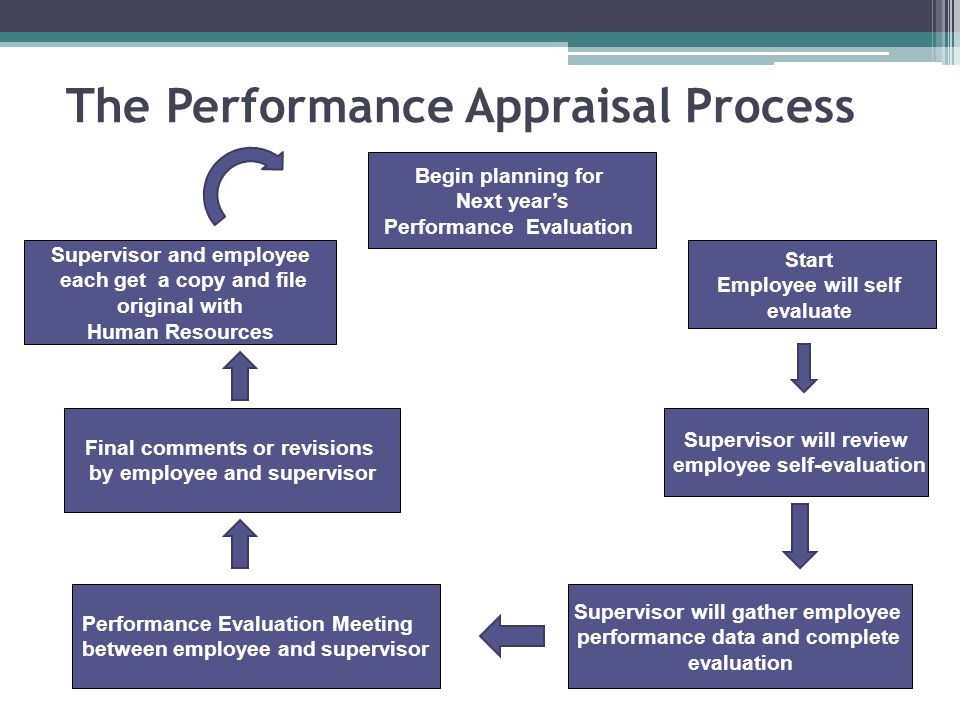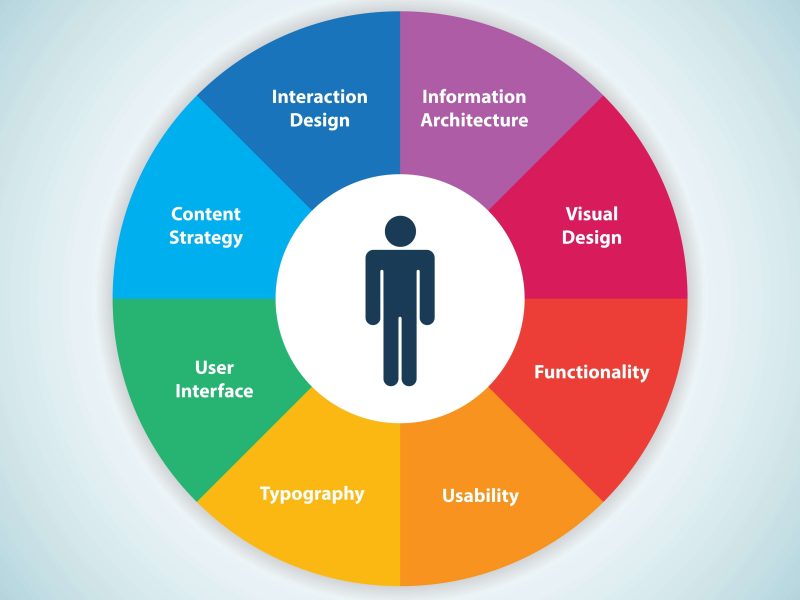Performance appraisal is a crucial process in any organization to evaluate and measure the productivity and effectiveness of its employees. It helps in assessing individual performance, identifying areas for improvement, and rewarding exceptional contributors. Choosing the right appraisal method is essential for fair evaluation and the development of a highly productive workforce.
1. Management by Objectives (MBO)
MBO is a performance appraisal method that focuses on setting specific objectives and goals for employees to achieve within a specified time frame. This method involves active participation from both the employee and their manager in defining these objectives. Regular performance reviews are conducted to assess progress towards the established goals, allowing for feedback and adjustments if necessary. MBO promotes transparency, goal alignment, and fosters a sense of ownership among employees, leading to enhanced productivity.
2. 360-Degree Feedback
The 360-degree feedback method gathers input from various sources, including superiors, subordinates, peers, employees themselves, and sometimes even external stakeholders. This comprehensive feedback provides a holistic view of an employee’s performance, capturing different perspectives and allowing for a more accurate assessment. By involving multiple parties, this method encourages collaboration, strengthens relationships among team members, and facilitates the identification of individual strengths and areas for improvement, ultimately boosting productivity.
3. Rating Scales
Rating scales are a commonly used performance appraisal method that involves assessing employees based on predefined criteria or attributes. Managers rate employees’ performance on a scale, typically ranging from poor to excellent or unsatisfactory to outstanding. These scales can be customized to align with organizational goals and specific job requirements. The rating scales help create a structured evaluation process, making it easier to compare and differentiate performance levels across individuals. Clear and consistent criteria enable employees to gauge their progress and identify areas to improve their productivity.
4. Critical Incidents Method
The critical incidents method focuses on specific events or incidents where an employee demonstrated exceptional or deficient performance. These incidents are documented and used as examples during performance evaluations. The method enables managers to provide specific feedback and ensure a fair evaluation based on actual situations. By emphasizing real-life examples, this method promotes objective evaluation and encourages employees to consistently enhance their productivity.
5. Behavioral Observation Scale (BOS)
The Behavioral Observation Scale involves evaluating employees based on observable behaviors tied to their job responsibilities and performance expectations. Supervisors observe and rate employees on various behavioral dimensions, such as communication, problem-solving, teamwork, and adaptability. BOS provides a structured framework to assess behaviors that directly impact productivity. It highlights behavioral strengths and areas for development, enabling employees to make necessary adjustments to increase their overall effectiveness.
Conclusion
Implementing effective performance appraisal methods is crucial for maximizing employee productivity in any organization. The methods mentioned above, such as Management by Objectives (MBO), 360-Degree Feedback, Rating Scales, Critical Incidents, and Behavioral Observation Scale (BOS), offer a range of approaches to evaluate and enhance employee performance. Choosing the right method depends on organizational context, goals, and specific job requirements. By utilizing appropriate appraisal methods, organizations can foster a culture of continuous improvement, increase productivity levels, and ultimately achieve their objectives.


